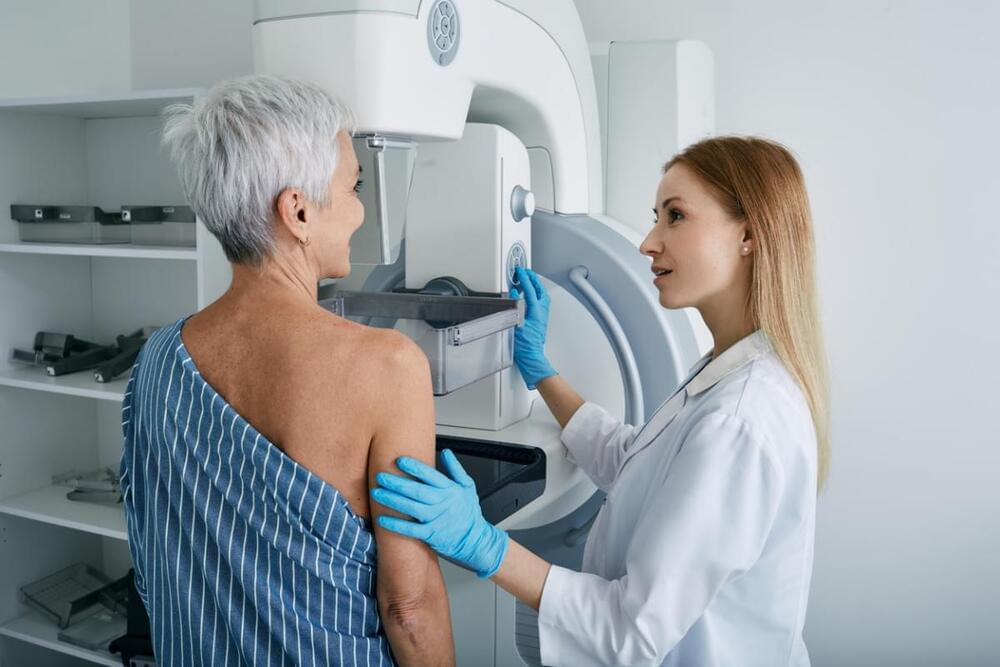
Get the latest international news and world events from around the world.


Basic-income participants in Denver say it helped turn their lives around
How basic income works.
Over the course of a year, the Denver Basic Income Project gives participants cash payments of varying amounts. Many participants, some of whom were living on the streets a few months before enrolling in the program, reported feeling safer, happier, and less anxious with better living arrangements.
The Denver Basic Income Project began in 2021 and was granted a $2 million contribution from the city. Researchers at the University of Denver’s Center on Housing and Homelessness Research found most of those who received money from the program were significantly better off six months in.
Dia Broncucia and Justin Searls bought a car, rented an apartment, and improved their mental health after receiving monthly basic-income payments.

Windows 11 Pro’s encryption can slow down SSDs by nearly 50%
Windows 11 Pro ships with a security feature that could severely hamper your solid-state drive’s performance. Fortunately, it is easy enough to turn off but some might not even know it is enabled by default.
BitLocker encryption in Windows 11 Pro is designed to safeguard data and ensure it is only accessible by authorized individuals, but it comes with a steep performance penalty. To find out how much of an impact it could have, Tom’s Hardware recently conducted tests under three scenarios: unencrypted (no BitLocker), software-enabled BitLocker (the Windows 11 Pro default), and hardware-based BitLocker.
The crew used a 4 TB Samsung 990 Pro SSD running Windows 11 Pro (22H2, with all patches installed) paired with an Intel Core i9-12900K and 32 GB of DDR4 RAM for testing.

NVIDIA’s breakthrough AI teaches robots human-like complex skills
NVIDIA, which is well known for its GPUs that made possible the training of ChatGPT, has also been working on its development platform, Omniverse, for building 3D tools and applications. Earlier this year, the company unveiled its Voyager AI agent that could build tools 15 times faster than other AI agents in Minecraft.
New personalised cancer vaccine could soon be made available
Hailed as a “true breakthrough”, a new personalised cancer vaccine could soon be made available to patients. Today medical expert Dr Nick Coatsworth explains how the treatment works. Subscribe and 🔔: http://9Soci.al/KM6e50GjSK9 | Get more breaking news at 9News.com.au: http://9Soci.al/iyCO50GjSK6
FOLLOW 9News Australia.
► Facebook: https://www.facebook.com/9News/
► Twitter: https://twitter.com/9NewsAUS
► Instagram: https://www.instagram.com/9news/
Join 9News for the latest in news and events that affect you in your local city, as well as news from across Australia and the world.
#9News #BreakingNews #NineNewsAustralia #9NewsAUS
2075: When Superintelligent AI Takes Over
Are you worried about the future of AI? In this video, we’ll look at a sci-fi scenario where a superintelligent AI has taken over the planet in 2075 and what that might mean for our future.
Ultimately, we need to be prepared for the future, that means being aware of superintelligent AI and how this future might unfold. So check out this video and leave your comments below.
https://www.grayscott.com.
Twitter: https://twitter.com/grayscott.
Facebook: https://www.facebook.com/futuristgrayscott/
Watch my other videos.
The Simulated Future: https://www.youtube.com/watch?v=pX9FY… igital Twin: https://www.youtube.com/watch?v=RjJzC… onscious Machines: https://www.youtube.com/watch?v=qtq1G… ranshumanism: https://www.youtube.com/watch?v=D8lE–… ream Recording: https://www.youtube.com/watch?v=33VoQ… uantified Self: https://www.youtube.com/watch?v=pMHDo… he future is a portal inward: https://www.youtube.com/watch?v=GpfwI… ray Scott is a futurist, philosopher, and artist. Gray is frequently interviewed by the Discovery Channel, History Channel, Forbes, CBS News, Vanity Fair, VICE MOTHERBOARD, Fast Company, The Washington Post, and SingularityHub.
Digital Twin:
Conscious Machines:
Transhumanism:
Dream Recording:
Quantified Self:
The future is a portal inward:
Gray Scott is a futurist, philosopher, and artist. Gray is frequently interviewed by the Discovery Channel, History Channel, Forbes, CBS News, Vanity Fair, VICE MOTHERBOARD, Fast Company, The Washington Post, and SingularityHub.


Genetic Factors that Could Extend the Life of Golden Retrievers
One of the most popular dog breeds is the Golden Retriever. Unfortunately, these dogs are also at high risk for developing cancer. New research has investigated genetic factors that may be able to extend the lives of these beloved dogs. This work focused on longevity genes instead of those that have been associated with cancer, and led to the identification of gene variants that could extend the dogs’ lifespan by as much as two years. The findings have been reported in GeroScience.
While most golden retrievers are predisposed to cancer, some of these dogs can live to be as old as 15 or 16 years. So the researchers thought that there might be genetic factors that were mitigating the effect of the cancer-related genes, noted co-corresponding study author Robert Rebhun, Maxine Adler Endowed Chair in oncology at the UC Davis School of Veterinary Medicine. The gene that had this effect was HER4.

Manipulating collective motions of electrons and solvent molecules in a polar liquid
Researchers at the Max-Born-Institute have now mapped the linear and nonlinear optical polaron response using ultrafast two-dimensional spectroscopy in the THz frequency range. As they discuss in the current issue of Physical Review Letters, multi-photon ionization of isopropanol molecules by a femtosecond pulse in the near-infrared generates free electrons and the resulting changes of the dielectric properties of the liquid are probed and/or manipulated in the THz frequency range.
An electron and the surrounding cloud of solvent dipoles couple through electric forces and can undergo joint collective motions. Such many-body excitations in the terahertz (THz) frequency range are called polarons and have remained nearly unexplored so far. New results from ultrafast THz spectroscopy demonstrate the generation and manipulation of coherent polaron oscillations in a time range of 100 ps and beyond, thus enabling the control of dynamic electric properties of polar liquids.
Ionization of a polar liquid by intense light or particle beams generates free electrons, which relax on a picosecond timescale (1 ps = 10-12 s) into a localized ground state. The relaxation process includes the reorientation of the surrounding dipolar solvent molecules and the dissipation of excess energy.

Accelerating waves shed light on major problems in physics
Whenever light interacts with matter, light appears to slow down. This is not a new observation and standard wave mechanics can describe most of these daily phenomena.
For example, when light is incident on an interface, the standard wave equation is satisfied on both sides. To analytically solve such a problem, one would first find what the wave looks like at either side of the interface, and then employ electromagnetic boundary conditions to link the two sides together. This is called a piecewise continuous solution.
However, at the boundary, the incident light must experience an acceleration. So far, this has not been accounted for.